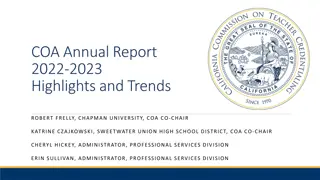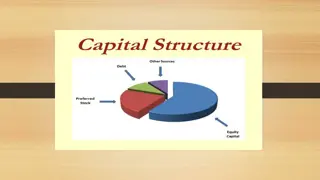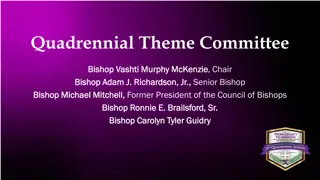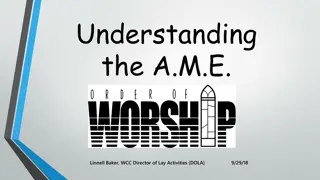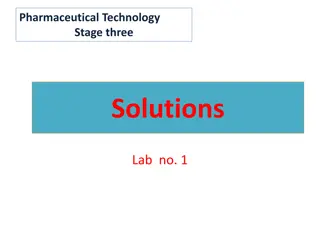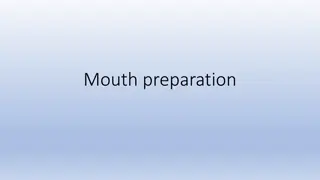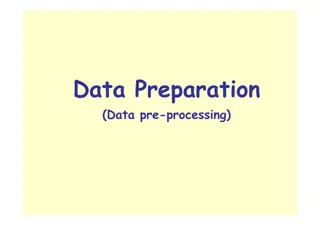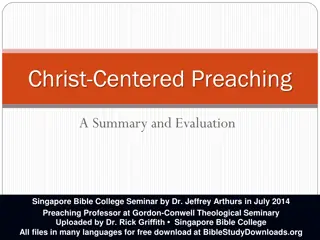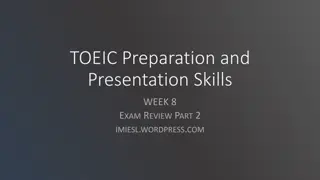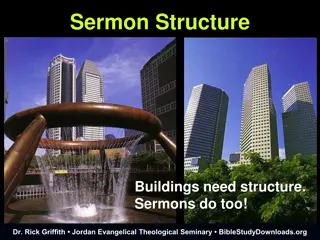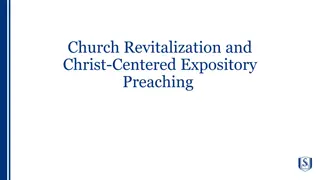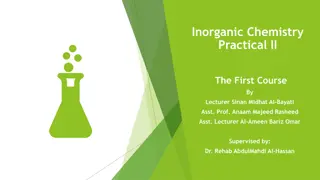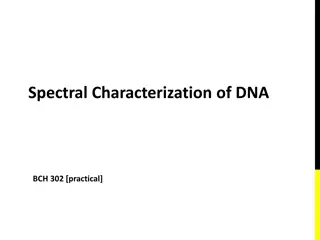Sermons: Types, Preparation, and Structure
Explore the significance of sermon preparation, types of sermons (expository, topical, narrative), key sermon components, and essential tips for sermon preparation.
Download Presentation

Please find below an Image/Link to download the presentation.
The content on the website is provided AS IS for your information and personal use only. It may not be sold, licensed, or shared on other websites without obtaining consent from the author.If you encounter any issues during the download, it is possible that the publisher has removed the file from their server.
You are allowed to download the files provided on this website for personal or commercial use, subject to the condition that they are used lawfully. All files are the property of their respective owners.
The content on the website is provided AS IS for your information and personal use only. It may not be sold, licensed, or shared on other websites without obtaining consent from the author.
E N D
Presentation Transcript
Central Jamaica Conference Child Preachers Training Sermon Preparation
What is a Sermon ?
What is a Sermon A sermon is a speech delivered from the Bible to teach people about faith, morals, and how to live a good life.
Why is Sermon Preparation Important
Why is Sermon Preparation Important Sermon preparation is important because it helps make the message clear, interesting, and easy to understand, guiding them in their faith journey in a fun and engaging way.
Types of Sermons Expository Sermons: These sermons explain and explore a specific passage or book of the Bible in detail, often verse by verse. Example: A sermon on Psalm 23, unpacking its meaning and relevance to daily life. Topical Sermons: These sermons address specific topics or themes relevant to the audience, drawing from various passages of scripture to support the message. Example: A sermon on forgiveness, exploring biblical principles and examples of forgiveness.
Types of Sermons Narrative Sermons: These sermons tell a story or narrative from the Bible, focusing on its characters, plot, and lessons to convey a moral or spiritual truth. Example: A sermon on the parable of the Good Samaritan, emphasizing the importance of showing compassion to others. Biographical Sermons: These sermons examine the life and experiences of a biblical character or historical figure, drawing lessons and insights applicable to contemporary life. Example: A sermon on the life of David, highlighting his victories, failures, and faithfulness to God.
What are the parts of a Sermon
Parts of a Sermon The structure of A sermon is like the physical structure of A dog: it has A head, A body and A tail. Similarly, a Sermon has a Introduction A body and A conclusion/appeal.
How to prepare for your Sermon 1. Prepare Yourself: take time to pray and meditate, seeking God's guidance, wisdom, and inspiration. 2. Understand Your Audience: Familiarize yourself with the age group, interests, and attention span of the children you'll be speaking to. Adapt your language, content, and delivery style accordingly. 3. Choose a Relevant Topic/ Scripture: Select a topic that is age-appropriate, relatable, and relevant. Prepare to use stories, examples, and illustrations that resonate with their experiences and interests. 4. Do your research: review other books, find illustrations and stories 5. Simplify the Message: Break down complex concepts into simple, easy-to-understand nuggets. 6. Practice: Rehearse your sermon delivery to ensure clarity, timing, and effectiveness.
Activity Choose Sermon Type Choose topic/ Scripture Choose Title





